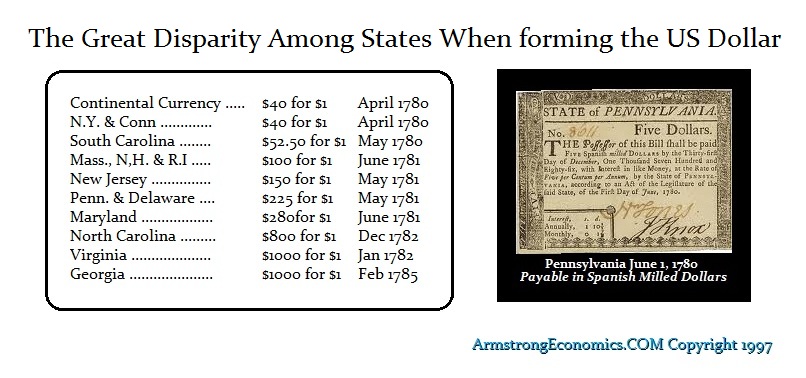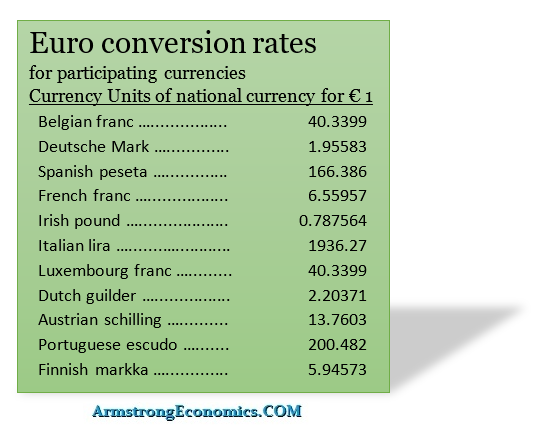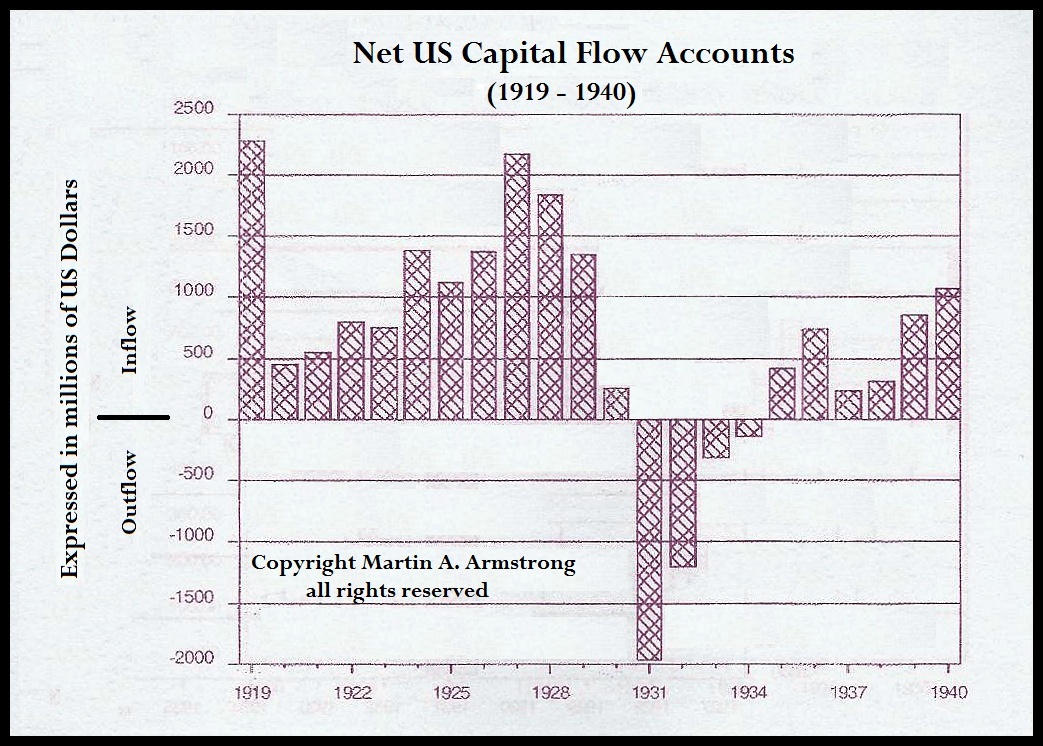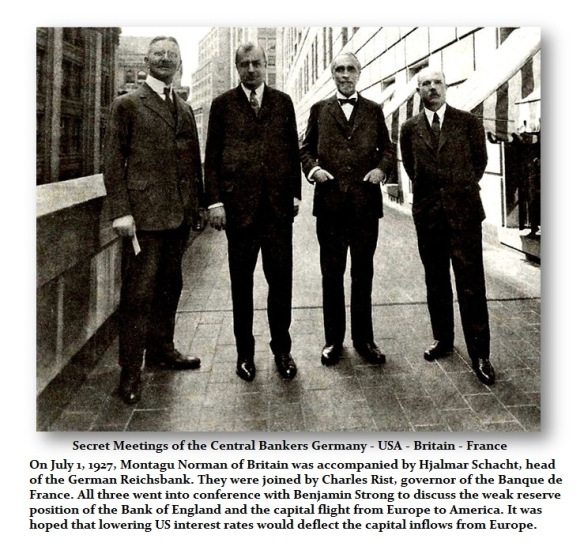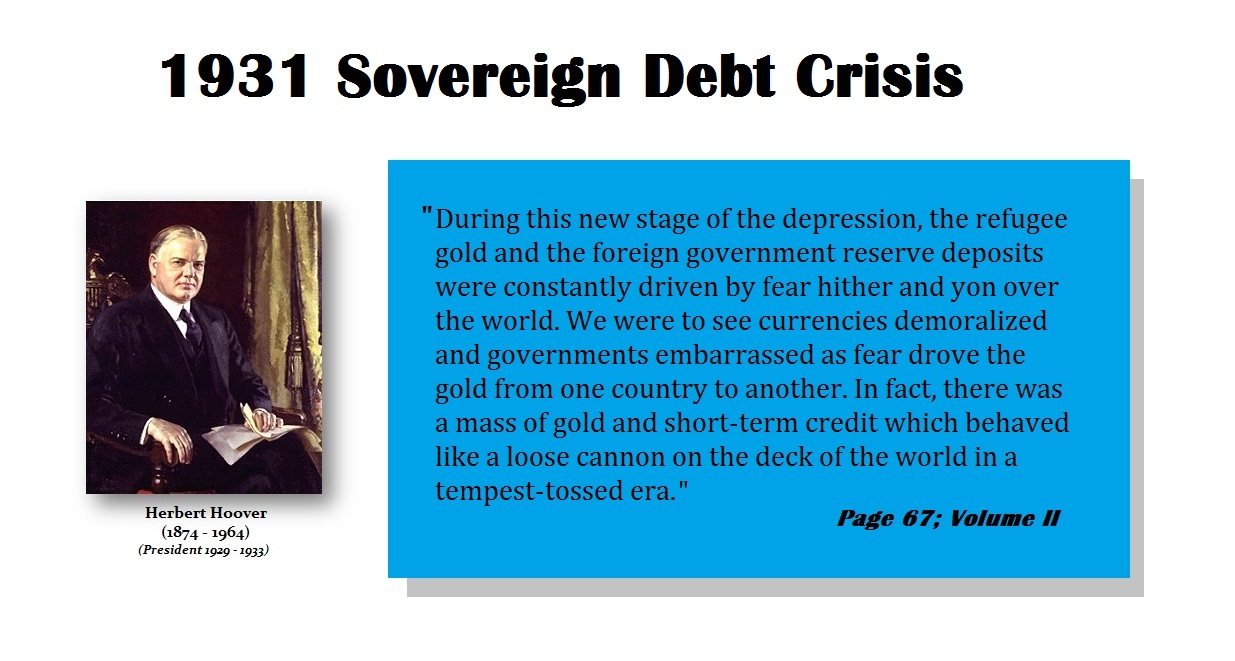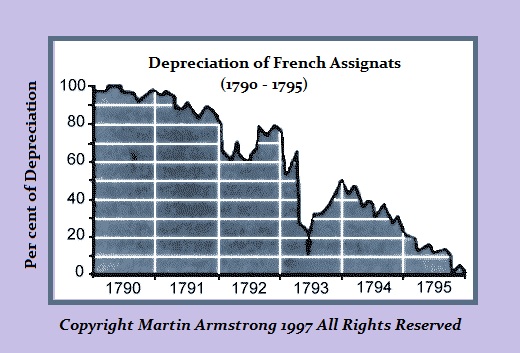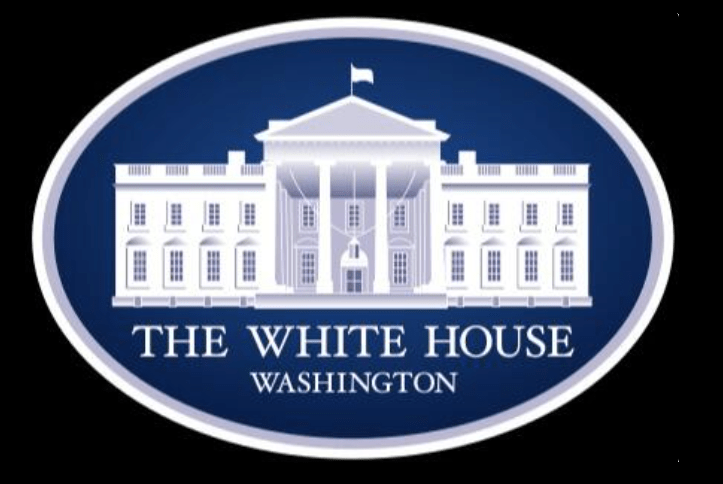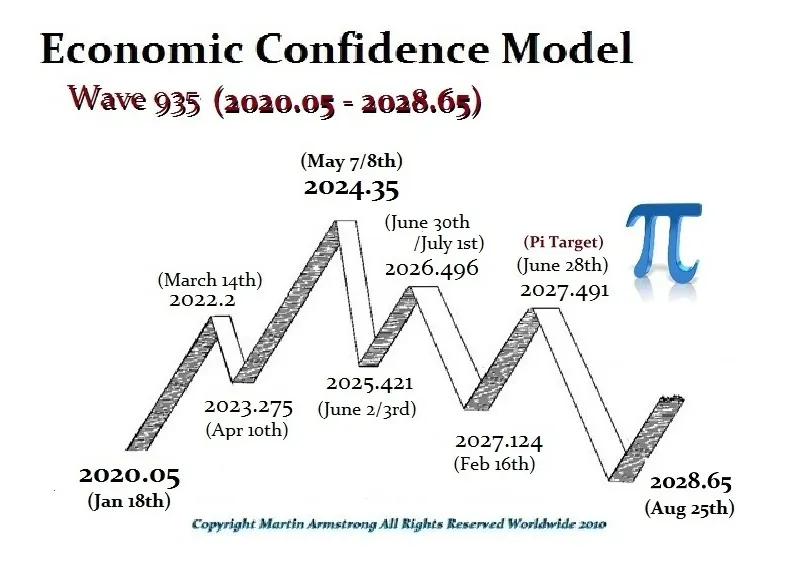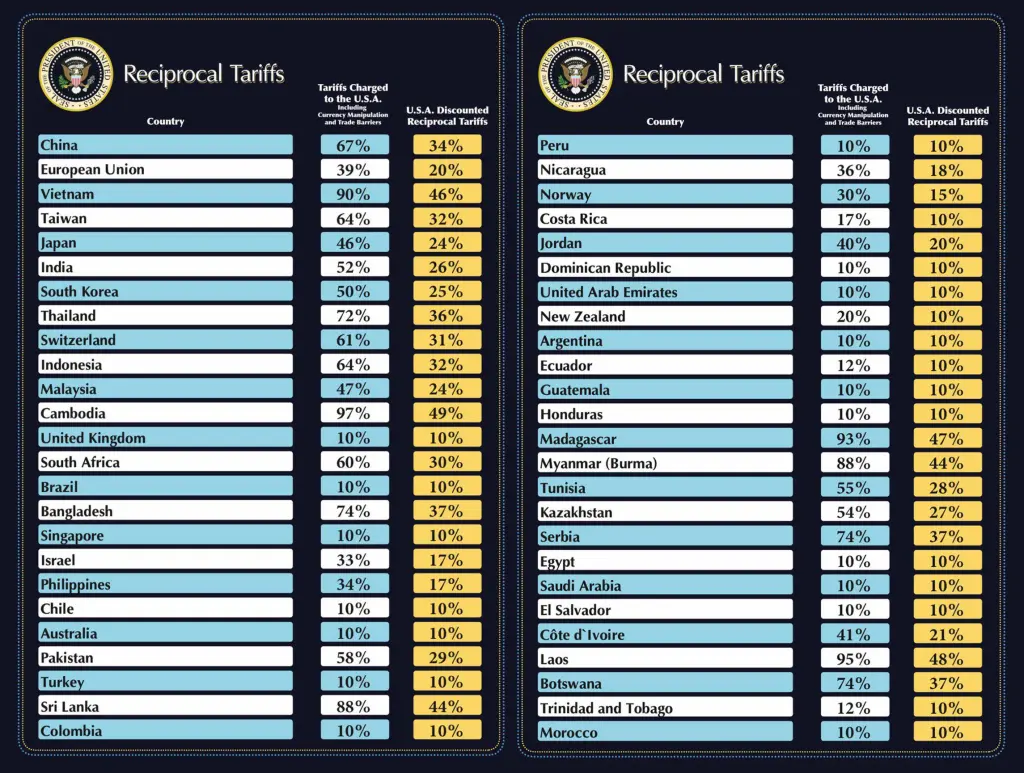QUESTION: Dear Martin
Could you please describe more in detail what you are expecting when talking about the breakdown of the monetary system?
Will there be differences between countries like Germany and Switzerland for example? Especially regarding pension systems.
I assume, there might be big differences between countries.
Many thanks and best regards,
R.
ANSWER: The monetary system collapsed with the winning of the American Revolution. The state currencies and the federal Continental Currency were all exchangeable to the new currency which became the U.S. dollar. There was a great disparity among the states with each being rated by the marketplace for the swap. Even when they created the Euro, there were differences between each currency.
The IMF right now is pushing very hard behind the curtain to replace the dollar with an IMF digital currency that they want to become the reserve currency. This would be EXTREMELY dangerous for the IMF is deep in corruption. The complaint of China, for example, is that the dollar is the reserve currency and they see that as a dangerous power in the hands of an adversary.
I have written much on the real problem of the dollar acting as the reserve currency and that this has thrust the Federal Reserve into the default role of the central bank of the world. The problem is all the propaganda against the Fed that is spun by the goldbugs which totally distorts the real crisis. They try to sell gold only on the quantity theory of money which dates back to the 17th century. It is so antiquated it is laughable. It is entirely domestic-focused to the exclusion of the world economy and international capital flows. Unfortunately, the Federal Reserve is also living in the past and only sees the economy in domestic terms making it Fed Policy v Fiscal Policy, over which they have no control.
Only when you understand international capital flow movement will you ever even catch a glimpse of the real world. World War I sent the capital fleeing Europe and rushing to America. Because that capital was here, it increased the domestic buying power and the Europeans made the 1920s ROAR. They were participating in the Auto-Stock-Boom.
The first G4 took place in 1927 when the other central banks argued that the US had to lower its interest rates to deflect international capital which was needed in Europe to rebuild. Indeed, the capital inflows peaked in 1927 and began to decline. But it was the Sovereign Debt Crisis of 1931 that compelled major capital outflows to cover losses at home.
Hoover explained the crisis in 1931 in his Memoirs. So to answer your question will take a major report which I intend to publish. The subject is highly complicated and there will be major divergences that people must be aware of. The bottom line is that all governments intend to default on their prior debts. That is what unfolded even with the collapse of the Continental Government after winning the American Revolution.
We see similar outcomes also in France with their Revolution. We are staring into the eyes of a major global default in debt and we are on schedule cyclically for the next sovereign default period.

